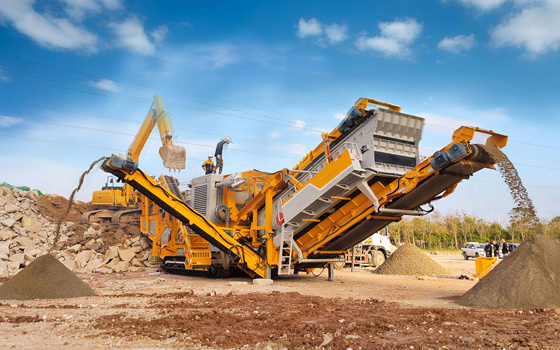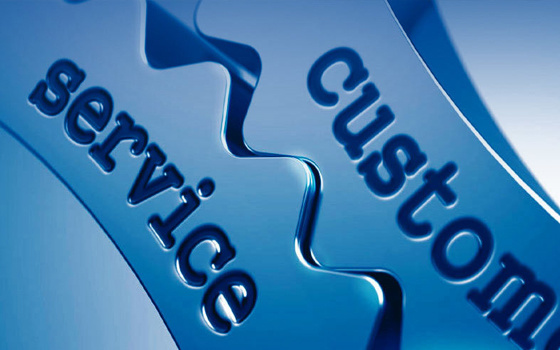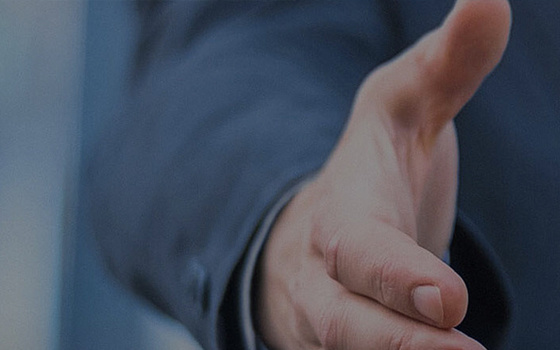Why Choosing the Right Ball Mill Liner Matters: A Comprehensive Guide
Release Time:
2025-07-13
Author:
Source:
Why Choosing the Right Ball Mill Liner Matters Introduction to Ball Mill Liners In the realm of **manufacturing and processing machinery**, ball mills stand out as essential components in various industries, especially in the **crushing and sorting machinery sector**. A ball mill liner is a crucial element that affects the mill's performance, energy consumption, and lifespan. Understanding the sig
Why Choosing the Right Ball Mill Liner Matters
Introduction to Ball Mill Liners
In the realm of **manufacturing and processing machinery**, ball mills stand out as essential components in various industries, especially in the **crushing and sorting machinery sector**. A ball mill liner is a crucial element that affects the mill's performance, energy consumption, and lifespan. Understanding the significance of selecting the right ball mill liner can lead to enhanced operational efficiency and reduced costs.
Understanding Ball Mill Liners
What Are Ball Mill Liners?
Ball mill liners are protective coverings inside the ball mill that serve multiple functions. Primarily, they protect the mill's shell from wear and tear while also facilitating the efficient movement of materials and grinding media within the mill.
The Importance of Material Selection
The material chosen for ball mill liners significantly impacts their performance. Various options include:
- **Rubber Liners**: Known for their excellent wear resistance and reduced noise levels. Ideal for applications that require cushioning.
- **Metal Liners**: Typically made from manganese steel or alloyed iron, these liners offer high durability but can lead to increased noise levels and higher abrasion.
- **Composite Liners**: A blend of rubber and metal, providing a balance between flexibility and toughness.
Each material type has its advantages and specific applications, thus making the choice critical for any milling operation.
Factors to Consider When Choosing Ball Mill Liners
1. Mill Type and Application
The purpose of the ball mill (whether for **wet or dry grinding**) greatly influences the liner selection. Understanding the operational environment is crucial for optimal performance.
2. Wear Resistance
Durability is a key factor. A liner's resistance to wear can determine how often it needs replacement, impacting both downtime and costs. Selecting a liner with superior wear characteristics can lead to significant savings in maintenance.
3. Impact Resistance
Ball mills operate under high-stress conditions, with balls colliding at high speeds. Thus, selecting a liner with adequate impact resistance is vital to prevent cracking and failure.
4. Liner Thickness and Design
The thickness and design of the liner can also influence grinding efficiency and the overall lifespan of the mill. Thicker liners may offer more durability but can reduce the volume available for grinding media, impacting processing capabilities.
The Impact of Ball Mill Liners on Performance
Enhancing Grinding Efficiency
Effective ball mill liners support the creation of a cascading motion of grinding media, which enhances the grinding process. By optimizing the movements of balls, the right liner can produce finer particles and improve the milling operation.
Reducing Energy Consumption
An appropriate liner can lead to reduced friction and power consumption. By minimizing energy loss during grinding, businesses can lower operational costs and enhance productivity.
Extending Equipment Lifespan
By protecting against wear, the right ball mill liner can significantly extend the lifespan of the entire milling system. This results in fewer replacements and less frequent maintenance, leading to considerable cost savings.
Common Types of Ball Mill Liners
1. Grid Liners
Grid liners help facilitate the discharge of materials from the mill while also protecting the shell. They are commonly found in overflow ball mills.
2. Wave Liners
Wave liners provide a more complex structure that enhances the lifting and cascading motion of the grinding media. This design can improve grinding efficiency and minimize wear.
3. Shell Liners
Shell liners line the interior shell of the mill and are essential for protecting it against wear. They also contribute to the overall milling efficiency.
4. End Liners
End liners secure the ends of the mill and play a critical role in maintaining the alignment and stability of the grinding media.
How to Select the Right Ball Mill Liner for Your Application
Step 1: Assess Your Milling Needs
Evaluate the specific requirements of your milling operation. Consider the material type, the grinding process (wet or dry), and the desired particle size.
Step 2: Analyze Wear Patterns
Understanding the wear patterns of existing liners can provide insights into the best material and design for new liners. Look for signs of uneven wear, which could indicate the need for a different liner type or design.
Step 3: Consult with Experts
When in doubt, consulting with manufacturers or experts in the field can provide valuable insights. They can recommend materials and designs that suit your specific operational conditions.
Common Misconceptions About Ball Mill Liners
Misconception 1: All Liners Are the Same
Many believe that all ball mill liners serve the same purpose. However, different materials and designs can drastically affect performance and wear resistance.
Misconception 2: Thicker Liners Are Always Better
While thicker liners may seem more durable, they can also reduce grinding efficiency. It's crucial to balance durability with performance needs.
Maintenance Tips for Ball Mill Liners
Regular Inspection
Conducting regular inspections of ball mill liners can help identify wear and tear early, allowing for timely replacements.
Proper Lubrication
Ensuring that all moving parts are properly lubricated can help minimize friction and wear, extending the life of both the liners and the entire milling system.
Monitoring Operational Parameters
Keep a close eye on parameters such as pressure and temperature during operation. Sudden changes can indicate issues with liners and may require immediate attention.
Cost-Benefit Analysis of Choosing the Right Ball Mill Liner
Choosing the right ball mill liner is not just about upfront costs; it’s about long-term savings and operational efficiency. A well-chosen liner can reduce the frequency of replacements and minimize maintenance costs, ultimately leading to significant savings over time.
FAQs About Ball Mill Liners
1. What is the primary function of a ball mill liner?
The primary function is to protect the shell of the ball mill from wear while ensuring effective grinding media movement.
2. How often should ball mill liners be replaced?
Replacement frequency varies based on wear patterns, but regular inspections can help determine the best timing.
3. Can I mix different types of liners in my ball mill?
Mixing liners can lead to uneven wear and decreased efficiency, so it’s generally not recommended.
4. What are the signs that my ball mill liners need replacement?
Signs include visible wear, cracks, or changes in the grinding performance.
5. How can improper liner choice affect my operation?
Improper liner choice can lead to increased energy consumption, reduced efficiency, and more frequent maintenance.
Conclusion
Choosing the right ball mill liner is a critical decision that impacts the performance and efficiency of milling operations. By understanding the various factors at play—from material selection to design considerations—we can enhance not only the functionality of the ball mill but also its longevity and cost-effectiveness. Investing time and resources in selecting optimal ball mill liners can lead to substantial long-term benefits, ensuring that your milling operations are both effective and sustainable.
Keywords:
Jaw crusher parts | Shredder parts | Cone crusher Parts | Ball mill parts
Previous page
Previous page:
Related News
Business License









